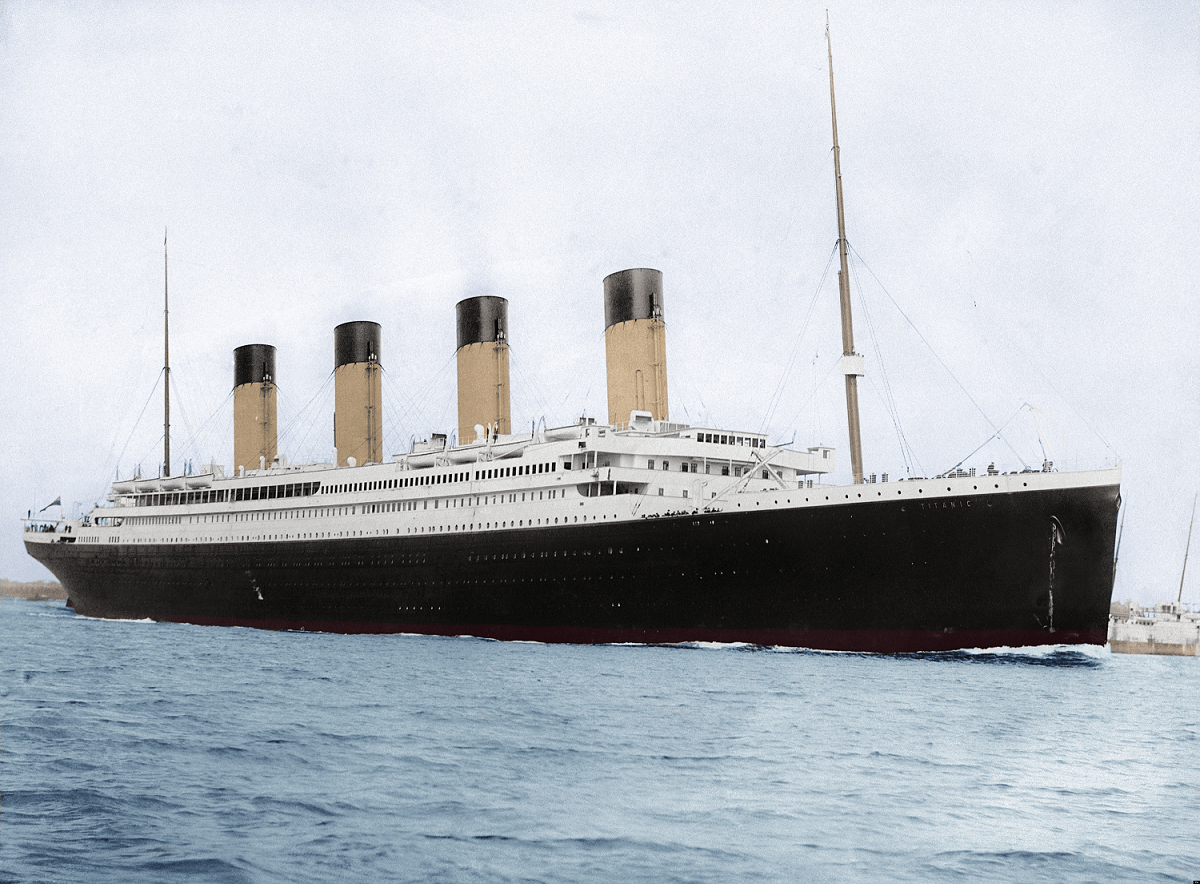The oceans hold countless tales of tragedy and mystery, with some shipwrecks becoming legendary symbols of history and adventure. From the tragic fate of the Titanic to the enduring mystery of the Mary Celeste, famous shipwrecks captivate our imaginations with their stories of exploration, misfortune, and discovery. This article explores some of the most iconic shipwrecks in maritime history, delving into their dramatic tales and the circumstances that led to their demise.
The RMS Titanic: The Unsinkable Ship
No discussion of famous shipwrecks is complete without mentioning the RMS Titanic, which sank on April 15, 1912, during its maiden voyage from Southampton to New York City. Once touted as “unsinkable,” the Titanic struck an iceberg in the North Atlantic Ocean, leading to one of the deadliest maritime disasters in history. The Titanic was equipped with advanced safety features for its time, including watertight compartments and electronically operated watertight doors. However, it carried only enough lifeboats for about half of its passengers—an oversight that would prove catastrophic. On that fateful night, the ship was traveling at a high speed despite warnings about icebergs in the area. After hitting the iceberg, the Titanic began to take on water rapidly. Within two hours and forty minutes, it sank beneath the waves, taking with it over 1,500 lives. The tragedy highlighted significant flaws in maritime safety regulations and led to changes in international maritime law regarding lifeboat requirements and iceberg monitoring.
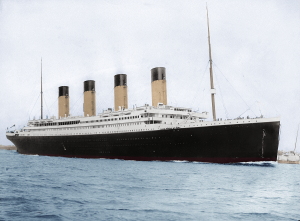
The Lusitania: A Catalyst for War
Another infamous shipwreck is that of the RMS Lusitania, which sank on May 7, 1915, after being torpedoed by a German U-boat during World War I. The Lusitania was a British ocean liner that had been a symbol of luxury and speed. The attack resulted in the deaths of 1,198 passengers and crew members, including 128 Americans. The sinking stirred outrage in the United States and contributed to shifting public opinion against Germany, ultimately leading to U.S. involvement in World War I. The Lusitania disaster underscored the dangers posed by unrestricted submarine warfare and raised questions about maritime neutrality during wartime.
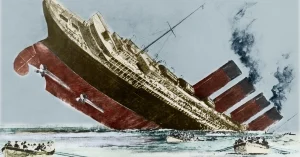
The Mary Celeste: A Mystery Unraveled
The Mary Celeste is perhaps one of the most famous ghost ships in history. Discovered abandoned in December 1872 off the Azores Islands, this American merchant brigantine was found with no crew aboard but still intact cargo. Numerous theories have emerged regarding what happened to the crew of the Mary Celeste. Some suggest that they abandoned ship due to a perceived threat or a possible mutiny, while others speculate about a sudden storm or an alcohol explosion that led to panic. Despite extensive investigations, no conclusive evidence has ever been found to explain the mysterious disappearance of its crew.
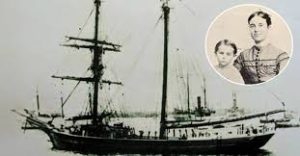
The USS Arizona: A Symbol of Sacrifice
The USS Arizona was a battleship sunk during Japan’s surprise attack on Pearl Harbor on December 7, 1941. This tragic event marked a pivotal moment in American history as it propelled the United States into World War II. The Arizona was hit by multiple bombs during the attack, resulting in a catastrophic explosion that caused it to sink rapidly. Of the 1,177 crew members aboard at the time, only 335 survived. Today, the USS Arizona Memorial stands as a solemn tribute to those who lost their lives during this historic event.
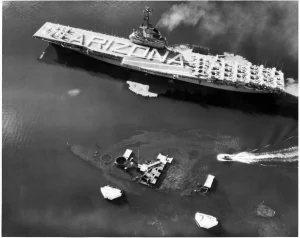
The Doña Paz: A Deadly Ferry Disaster
The MV Doña Paz was involved in one of the deadliest maritime disasters in history when it collided with an oil tanker named Vector on December 20, 1987. The ferry was carrying more passengers than its official capacity when tragedy struck. The collision resulted in a massive fire that engulfed both vessels. Estimates suggest that around 4,385 people perished in this disaster, with only 26 survivors rescued from the waters. The Doña Paz incident highlighted severe shortcomings in safety regulations for passenger ferries and prompted calls for stricter enforcement of maritime safety standards.
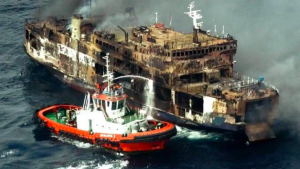
The Wilhelm Gustloff: History’s Deadliest Shipwreck
The sinking of the MV Wilhelm Gustloff on January 30, 1945, remains one of history’s deadliest maritime disasters. During World War II, this German military transport ship was torpedoed by a Soviet submarine while evacuating civilians and military personnel from East Prussia. With an estimated 9,000 lives lost—including women and children—the sinking surpassed all previous records for maritime fatalities. Many factors contributed to this tragedy: overcrowding due to desperate evacuations and inadequate lifeboat provisions compounded by harsh winter conditions at sea made survival nearly impossible for most passengers.
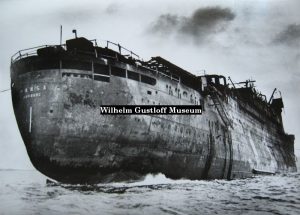
The Edmund Fitzgerald: A Great Lakes Legend
The SS Edmund Fitzgerald sank during a storm on November 10, 1975, while carrying iron ore from Minnesota to Detroit. Known for its size and strength as one of Lake Superior’s largest freighters, its sudden loss shocked many. Despite weather warnings predicting severe conditions on Lake Superior that night, Fitzgerald continued its journey until it encountered gale-force winds and heavy waves. The ship sank rapidly without sending a distress signal; all 29 crew members perished. Today, it stands as a poignant reminder of the dangers faced by sailors navigating treacherous waters.
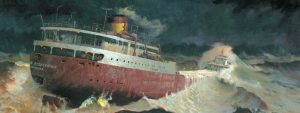
Conclusion: Lessons from Shipwrecks
The stories behind these famous shipwrecks serve as powerful reminders of both human fallibility and resilience. Each incident has contributed significantly to advancements in maritime safety regulations and practices:
- Improved Safety Standards: Following disasters like those involving the Titanic and Lusitania, international conventions were established to enhance safety measures onboard vessels.
- Training and Preparedness: Incidents such as those involving Doña Paz have emphasized the importance of crew training regarding emergency protocols.
- Environmental Awareness: Shipwrecks often lead to discussions about environmental impacts; wrecks can become sites for marine life but also pose hazards if not managed properly.
As we continue exploring our oceans’ depths—both literally through salvage operations and figuratively through storytelling—we honor those who lost their lives at sea while striving for safer navigation practices today. The legends encapsulated within these wrecks remind us that every voyage carries risks but also opportunities for learning from past mistakes as we navigate toward safer horizons together.

